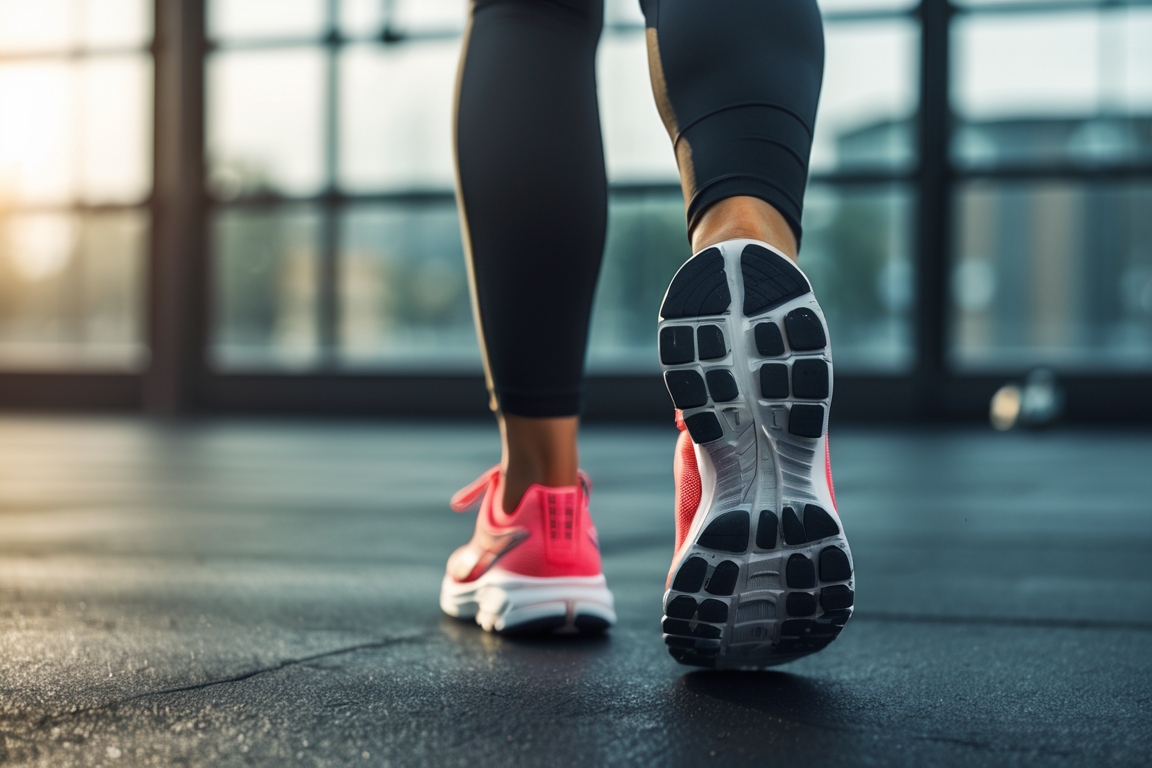Have you ever wondered if your late-night sketching, weekend baking, or marathon gaming sessions could be more than just fun? In an age where the gig economy is booming and digital platforms make monetization easier than ever, turning your hobby into a side hustle isn’t just a dream—it’s a viable path to supplemental income, personal growth, and even full-time self-employment.
But before you dive headfirst into selling paintings on Etsy or streaming your gameplay on Twitch, it’s important to approach hobby monetization with the right balance of passion, planning, and protection against burnout.
Here’s a practical guide to help you transform what you love into something that pays—without losing the joy that made you love it in the first place.
1. Identify Your Monetizable Skills
The first step is to figure out which of your hobbies have potential earning power. Ask yourself:
- Do people regularly compliment or inquire about my work?
- Have others asked to buy, borrow, or commission what I create?
- Could my skill help solve a problem for someone else?
Popular monetizable hobbies include:
- Art and Design: Sell on platforms like Etsy, Redbubble, or Society6.
- Writing and Blogging: Freelance on Upwork, Medium’s Partner Program, or start a newsletter.
- Gaming: Stream on Twitch or YouTube, create content, or compete in tournaments.
- Cooking or Baking: Start a cottage food business or offer cooking classes.
- Photography: Sell stock photos or offer event photography locally.
Even niche hobbies—like miniature painting, knitting, or teaching chess—can find an audience online. If there’s a community for it, there’s likely a market.
2. Test the Waters Before Diving In
Before quitting your day job or investing heavily, start small:
- Offer your product or service to friends and family for honest feedback.
- Post samples on social media and gauge engagement.
- Try selling on a marketplace platform before building your own website.
This “minimum viable hustle” approach lets you validate your idea, refine your offer, and build confidence without risking too much time or money up front.
3. Set Goals and Create Boundaries
One of the fastest ways to turn passion into burnout is by blurring the lines between fun and work. Ask yourself:
- Do I want this to be a hobby that pays for itself—or a serious source of income?
- How many hours a week can I commit without resenting it?
- What activities do I want to keep just for fun?
Setting income goals, work hours, and boundaries can help you stay energized and enthusiastic. Remember: You’re allowed to enjoy your hobby even if it doesn’t earn a dime.
4. Get Business-Savvy
Turning a hobby into a hustle means you’re entering the world of entrepreneurship. That includes:
- Budgeting: Track costs for materials, marketing, subscriptions, or tools.
- Pricing Strategically: Don’t just charge for time—factor in effort, skill level, and market value.
- Taxes and Legal Stuff: Keep business income separate, and research licenses, tax obligations, or legal protections like copyrights and trademarks.
You don’t need an MBA, but some basic financial literacy and recordkeeping go a long way.
5. Build a Brand, Not Just a Product
People buy stories as much as they buy stuff. Whether you’re offering custom T-shirts or freelance proofreading, brand yourself:
- Use social media to share your process, wins, and lessons.
- Design a consistent look and voice for your online presence.
- Engage with your audience—don’t just sell to them.
Trust builds over time, and your personal brand will help set you apart from the competition.
6. Balance Hustle with Self-Care
Monetizing your passion comes with highs—like praise, sales, and a sense of purpose—but it also brings pressure. To stay in it for the long haul:
- Schedule regular breaks or creative “off days.”
- Reconnect with the joy that made you start in the first place.
- Don’t chase every trend—stay true to your voice and interests.
Burnout kills creativity. If your hustle starts to feel like a chore, it’s okay to reassess or scale back.
Final Thoughts: It’s About More Than Money
A successful side hustle isn’t just about profits—it’s about fulfillment, freedom, and growing your skills in the real world. Whether you make $50 a month or turn it into a six-figure business, turning your passion into profit is a powerful way to reclaim your time, energy, and potential.
So whether you’re designing logos, baking cookies, or streaming late-night strategy games—start small, stay focused, and keep the joy alive. Your hobby might just be your next big opportunity.














